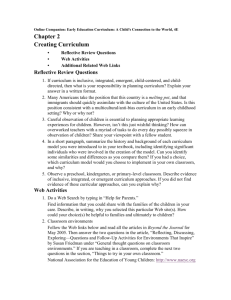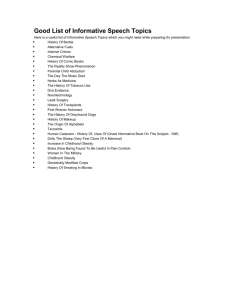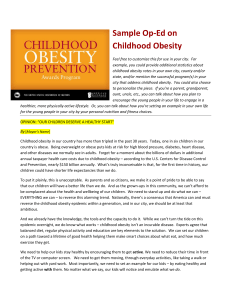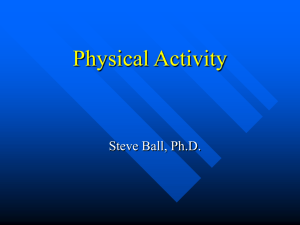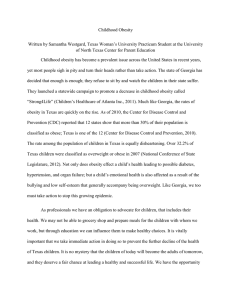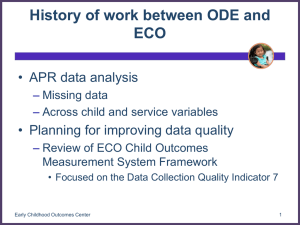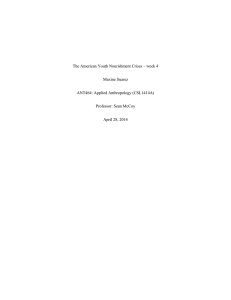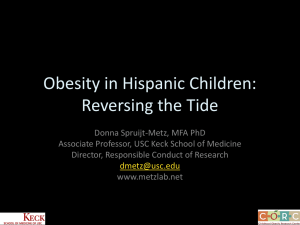IOM Exercise and Academic Achievement
advertisement
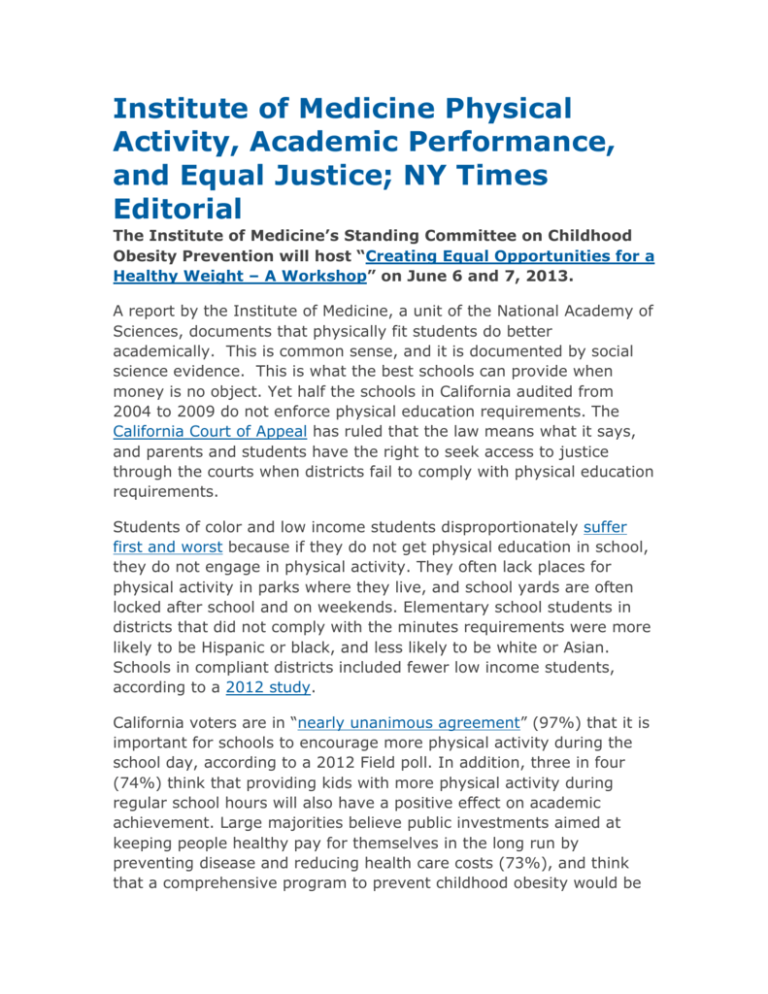
Institute of Medicine Physical Activity, Academic Performance, and Equal Justice; NY Times Editorial The Institute of Medicine’s Standing Committee on Childhood Obesity Prevention will host “Creating Equal Opportunities for a Healthy Weight – A Workshop” on June 6 and 7, 2013. A report by the Institute of Medicine, a unit of the National Academy of Sciences, documents that physically fit students do better academically. This is common sense, and it is documented by social science evidence. This is what the best schools can provide when money is no object. Yet half the schools in California audited from 2004 to 2009 do not enforce physical education requirements. The California Court of Appeal has ruled that the law means what it says, and parents and students have the right to seek access to justice through the courts when districts fail to comply with physical education requirements. Students of color and low income students disproportionately suffer first and worst because if they do not get physical education in school, they do not engage in physical activity. They often lack places for physical activity in parks where they live, and school yards are often locked after school and on weekends. Elementary school students in districts that did not comply with the minutes requirements were more likely to be Hispanic or black, and less likely to be white or Asian. Schools in compliant districts included fewer low income students, according to a 2012 study. California voters are in “nearly unanimous agreement” (97%) that it is important for schools to encourage more physical activity during the school day, according to a 2012 Field poll. In addition, three in four (74%) think that providing kids with more physical activity during regular school hours will also have a positive effect on academic achievement. Large majorities believe public investments aimed at keeping people healthy pay for themselves in the long run by preventing disease and reducing health care costs (73%), and think that a comprehensive program to prevent childhood obesity would be worth it even if it increased government spending by billions of dollars (68%). Californians favor physical education in schools as the single most important policy for obesity prevention, across most party and socioeconomic lines. 89% support requiring physical education classes for four years in high school, according to a 2011 Field poll. The Institute of Medicine report recommends: “Federal, state, district, and local education administrators should ensure that programs and policies at all levels address existing disparities in physical activity and that all students at all schools have equal access to appropriate facilities and opportunities for physical activity and quality physical education.” The City Project has addressed equal access to physical education for the Institute of Medicine. See Robert Garcia, Physical Activity as a Civil Rights Issue, in Institute of Medicine, Legal Strategies in Childhood Obesity Prevention (Lynn Parker et al., eds. 2011), goo.gl/4DakL. Robert Garcia will speak June 6 at the IOM workshop above on Creating Equal Opportunities for a Healthy Weight. In addition, the report presents the following recommendations for education officials as well as parents, teachers, urban planners, and others: Taking a whole-school approach, with physical education that includes at least half the class-time engaged in vigorous or moderate physical activity (MVPA) Physical activity should be considered in all school policy decisions to improve academic performance, health, and development for all children Physical education should be a core subject because it provides a foundation for lifelong health and learning Physical education and activity should be monitored in school Teachers should receive training and ongoing professional development in physical education, including K-12 classroom and physical education teachers. The City Project with the teachers’ union UTLA (United Teachers of Los Angeles) and our community allies have been working to ensure all students have the right to quality physical education under federal and state equal protection and education laws in the Los Angeles Unified School District. While we have made progress, opportunities remain to make this right a reality for all the children of California and the nation. A New York Times editorial endorses the recommendations of the IOM report in an editorial (although the Times pointedly omits any mention of equal access to physical education): As schools everywhere strive to improve the academic performance of their students, many have cut physical education and recess periods to leave more time for sedentary classroom instruction. A sensible new report from the Institute of Medicine, a unit of the National Academy of Sciences, shows how shortsighted this trend can be. It found that exercise can significantly improve children’s cognitive abilities and their academic performance, as well as their health. Students who exercise have lower body fat, greater muscular strength, and better cardiovascular and mental health. While admitting that the studies are limited, a panel of experts assembled by the institute says that “a growing body of evidence” suggests children who are more active are better able to focus their attention, are quicker to perform simple tasks, and have better working memories and problem solving skills than less-active children. They also perform better on standardized academic tests. Academic performance is influenced by factors like parental involvement and socioeconomic status, but the panel reported that active children tended to have stronger performance, especially in reading and mathematics. It believes that the benefits of exercise during the school day outweigh the benefits from increasing class time. The report recommends that all students get at least 60 minutes a day of vigorous or moderate physical activity, equivalent to a brisk walk. Only about half of all school-age children meet this guideline, according to the panel. The way to increase exercise is to promote physical education classes, recess and classroom breaks during the school day; encouraging after-school sports and walking or biking to school when feasible would also help. Physical activity should be a core educational concern, not a dispensable option. Click here for the IOM report Educating the Student Body: Taking Physical Activity and Physical Education to School.

